Picture our planet’s invisible magnetic shield suddenly beginning to collapse, sending compass needles spinning wildly and opening Earth to cosmic bombardment. This isn’t science fiction. It’s a natural phenomenon that has already happened more than 180 times in the past 83 million years, and scientists believe we might be witnessing the early stages of another one right now. You might not realize it, but the magnetic field protecting you from deadly radiation has been quietly weakening for nearly two centuries. What happens when Earth’s magnetic chaos becomes reality?
Understanding the Earth’s Magnetic Dynamo

Deep beneath your feet, roughly 3,000 kilometers down, lies one of nature’s most remarkable machines. The Earth’s magnetic field is generated in the very hot molten core of the planet, where at the top of the liquid core, the fluid may travel at horizontal speeds of tens of kilometres per year. The motion of this metal fluid across existing magnetic field lines of force produces electrical currents and these, in turn, generate more magnetic field.
The reason why Earth has a magnetic field is due to its solid iron core that is surrounded by an ocean of hot, liquid metal, which generates an electric current as it moves. Earth’s core is extremely hot, over 9,000°F (5,000°C), comparable to the temperature of the Sun’s outer layer, and this heat drives convection currents in the outer core. This process, known as the geodynamo, creates the invisible force field that has protected life on Earth for billions of years.
The Sun’s Magnetic Pole Reversal in 2024
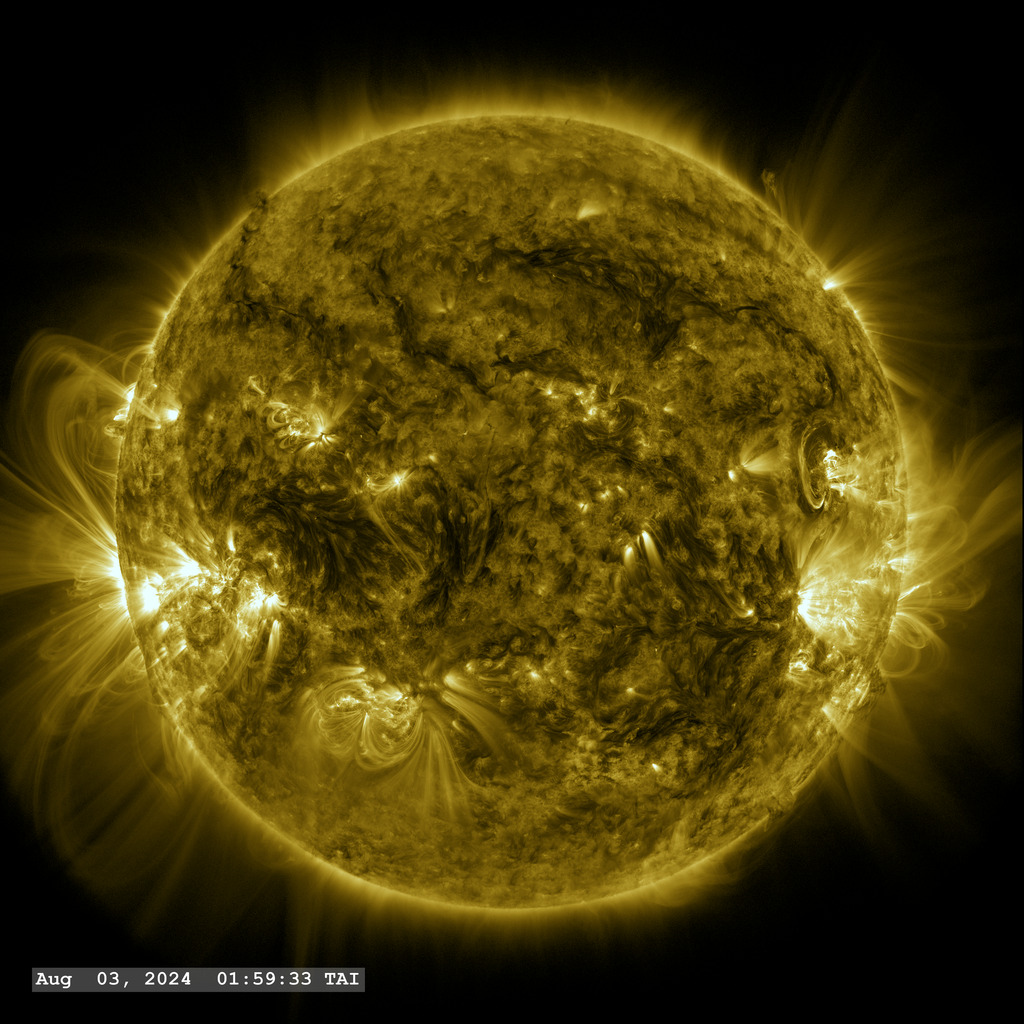
While Earth’s magnetic reversals happen over hundreds of thousands of years, the Sun operates on a completely different timeline. The sun’s magnetic poles flip every 11 years, and scientists predict it will happen again in 2024. Scientists predicted the Sun’s magnetic poles would flip sometime during 2024, as part of the regular 11-year solar cycle.
The sun undergoes such a reversal every 11 years, which marks an important stage in the solar cycle. The shift in polarity marks the point at which the sun is halfway through solar maximum, the height of its activity, and the beginning of the shift toward solar minimum. Unlike Earth’s chaotic reversals, the Sun’s magnetic flips follow a predictable pattern, driven by the complex dance of sunspots across its surface.
The Frequency of Earth’s Magnetic Reversals

You might assume magnetic reversals happen with clockwork precision, but Earth’s magnetic field follows no such schedule. Reversal occurrences appear to be statistically random. There have been at least 183 reversals over the last 83 million years (thus on average once every ~450,000 years). The latest, the Brunhes–Matuyama reversal, occurred 780,000 years ago.
In the last 10 million years, there have been, on average, 4 or 5 reversals per million years. At other times in Earth’s history, for example during the Cretaceous era, there have been much longer periods when no reversals occurred. Reversals are not predictable and are certainly not periodic in nature. This unpredictability makes the phenomenon both fascinating and concerning for scientists trying to understand when the next one might occur.
The Weakening Shield – Current State of Earth’s Magnetic Field
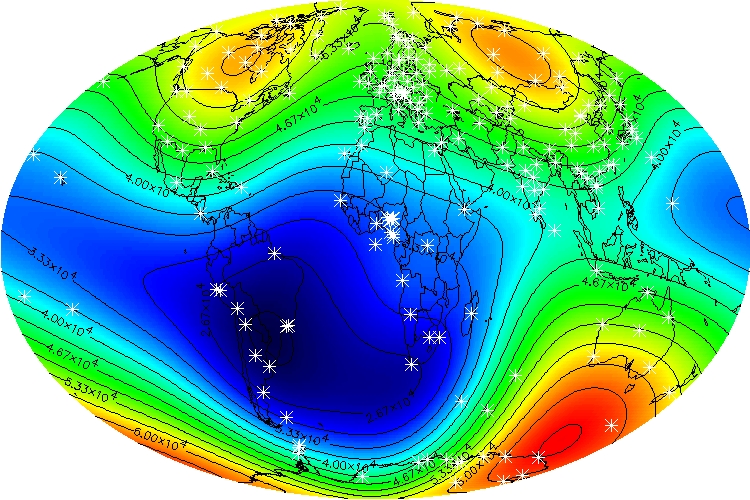
Right now, as you read this, Earth’s magnetic field is undergoing a dramatic transformation. Since the invention of the magnetometer in the 1830s, the average intensity of the magnetic field at the Earth’s surface has decreased by about ten percent. During a reversal, the intensity of the magnetic field decreases by as much as ninety percent at the Earth’s surface.
Ground station and satellite measurements indicate that the strength of the present-day magnetic field is decreasing and the South Atlantic Anomaly, a huge area spanning South Africa to Patagonia of low field strength, is continuously growing in size. These raise concerns about whether a geomagnetic field reversal may be imminent. The South Atlantic Anomaly has become a particular concern for space agencies, as satellites passing through this region experience increased radiation exposure and occasional malfunctions.
The Science Behind Magnetic Reversals
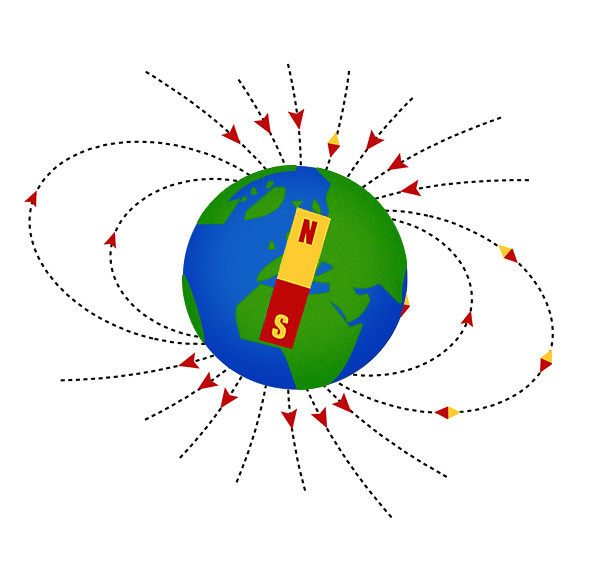
What actually causes Earth’s magnetic poles to flip remains one of geology’s greatest mysteries. One prevailing hypothesis suggests that they arise from the complex dynamics of the Earth’s liquid outer core, where the planet’s magnetic field is generated. Changes in the convective flow of molten iron within the outer core can lead to the generation of new magnetic fields with reversed polarity. However, the exact mechanisms behind these processes and the factors that trigger reversals are still subjects of investigation.
The reversal of poles on Earth occurs due to the presence of iron molecules in the outer core of the Earth. This happens when the iron molecules that are located in the outer core start going opposite the molecules of iron around them. As more and more molecules start going in the opposite direction, this will cause the Earth to experience a geomagnetic reversal. Think of it like a massive engine deep underground suddenly deciding to run in reverse, with consequences that ripple all the way to the surface and beyond.
Timeline and Duration of Magnetic Reversals
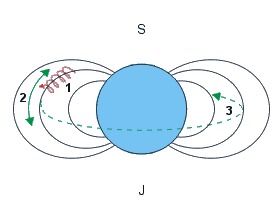
When Earth’s magnetic field decides to flip, it doesn’t happen overnight like flipping a light switch. A flip doesn’t happen overnight. Instead, it takes anywhere from a century to 20,000 years to complete, and it’s accompanied by a decline in strength of the magnetic field. However, some evidence suggests the process can be much more dramatic.
Studies of 16.7-million-year-old lava flows on Steens Mountain, Oregon, indicate that the Earth’s magnetic field is capable of shifting at a rate of up to 6 degrees per day. This was initially met with skepticism from paleomagnetists. During the transition period, the magnetic field becomes incredibly chaotic, with multiple north and south poles appearing randomly across the globe before finally settling into the new configuration.
Effects on Technology and Modern Life

If a magnetic reversal happened today, your smartphone’s compass would be the least of your worries. The pole shift will affect GPS systems, compass-based navigation, and satellite operations. These changes may disrupt everyday technologies and pose risks to various industries relying on precise positioning and communication. The Earth’s changing magnetic field will impact GPS and compass-based navigation systems.
The weakening of the magnetic field that precedes the reversal could make us vulnerable to cancer-causing energy particles and cosmic rays. A flipped magnetic field could seriously disrupt communications systems and power grids. Power grids across the globe could face cascading failures as increased radiation interferes with sensitive electronic equipment. Airlines would need to reroute flights to avoid radiation exposure at high altitudes, fundamentally changing global transportation patterns.
Impact on Animals and Navigation

Many creatures on Earth have evolved to use the magnetic field as their internal GPS system over millions of years. Animals like birds, fish, and sea turtles are thought to use the magnetic field to help navigate, so any changes could throw their internal compasses into flux. It could produce multiple north and south poles, and birds, whales and other migratory animals that use the field to establish a sense of direction could encounter problems.
Some animals, such as pigeons and whales, may use the Earth’s magnetic field for direction finding. Assuming that a reversal takes a number of thousand years, that is, over many generations of each species, each animal may well adapt to the changing magnetic environment, or develop different methods of navigation. The gradual nature of most reversals might give species time to adapt, but rapid changes could cause widespread disruption to migration patterns and breeding cycles.
Historical Evidence and Past Reversals
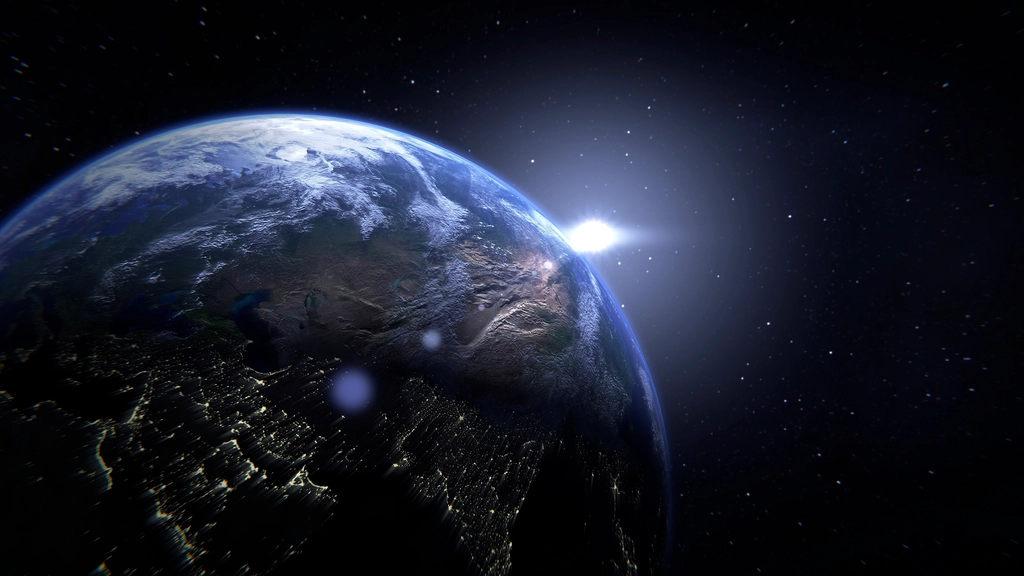
The most dramatic example of how magnetic chaos can affect life comes from 42,000 years ago during the Laschamps excursion. A flip-flop of Earth’s magnetic poles between 42,000 and 41,000 years ago briefly but dramatically shrank the magnetic field’s strength and may have triggered a cascade of environmental crises on Earth. The researchers correlated shifts in climate patterns, large mammal extinctions and even changes in human behavior during the Laschamps excursion.
During this period, the magnetic field weakened to as low as about six percent of its strength today. The ozone layer was very damaged and living beings were exposed to harmful ultraviolet light more directly than ever. Extreme climate changes and natural disasters are also believed to have occurred during this period. Archaeological evidence even suggests humans began using more red ochre as sunscreen and spending more time in caves during this period.
Our planet’s magnetic field is entering a period of uncertainty that could reshape life as we know it. While scientists emphasize that past reversals haven’t caused mass extinctions, our modern technological civilization faces challenges that early humans never encountered. The weakening field and growing South Atlantic Anomaly serve as reminders that we live on a dynamic planet where invisible forces can have profound consequences. Whether we’re on the brink of a full reversal or simply experiencing a temporary fluctuation, one thing remains certain: Earth’s magnetic chaos continues to surprise us, just as it has for millions of years. What do you think would happen if your compass suddenly pointed south tomorrow? The answer might be more complex than you expect.




